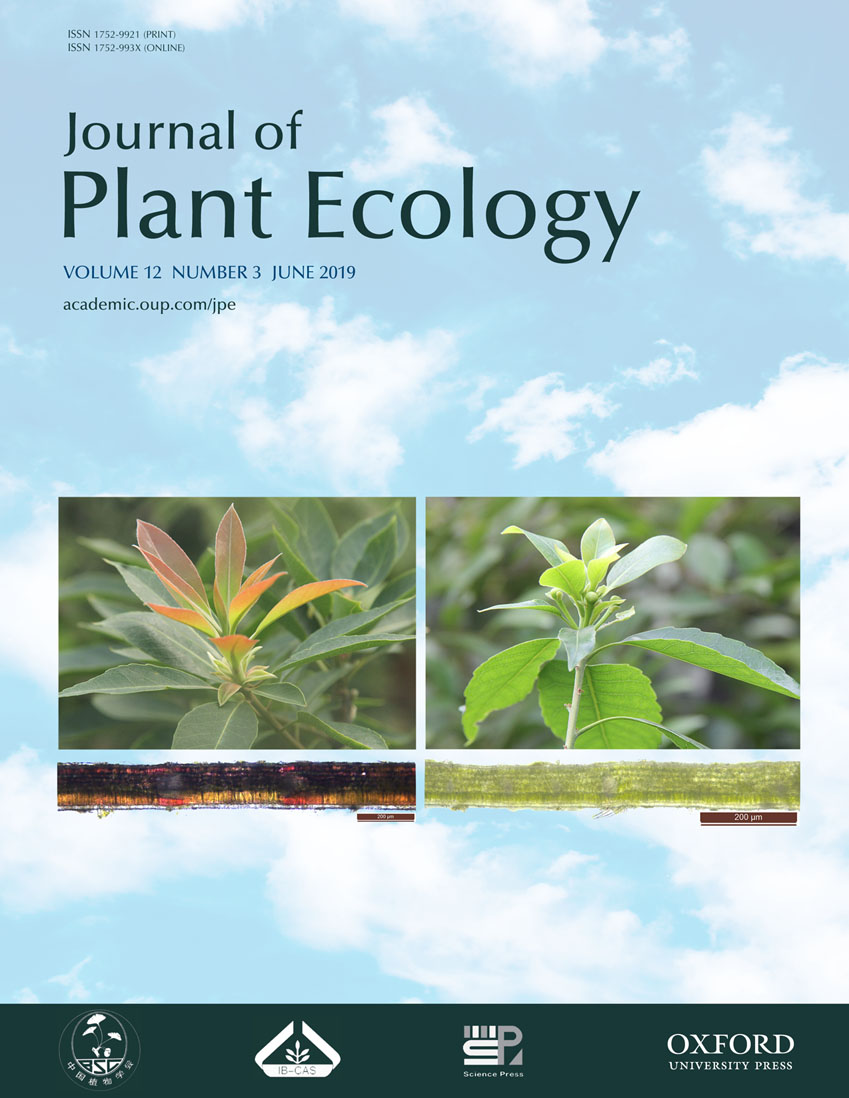Adam Rajsz, Bronisław Wojtuń, Lucyna Mróz, Ludwik Żołnierz and Alexander J. Kempers
Aims
For many terrestrial plants, nitrate is the most important form of available soil nitrogen for growth. However, many plant species, which grow on acidic, ammonium-dominated soils, exhibit a constantly low level of nitrate reductase activity (NRA). Little is known about NRA in high-mountain vascular plants in similar conditions. We tested the hypothesis that high-mountain vascular plants in acidic and ammonium-dominated habitats have low levels of NRA.
Methods
Twenty-six plant species of the families Asteraceae, Ericaceae, Poaceae, Polygonaceae, Salicaceae, Pinaceae, Ranunculaceae, Woodsiaceae, Cyperaceae, Juncaceae, Rosaceae and Urticaceae representing different growth forms were investigated in seven native and anthropogenic habitats of subalpine and alpine belts of the Karkonosze (Hercynian middle-mountains, Central Europe), with respect to leaf NRA and mineral nitrogen forms in soil. NRA was measured by an in vivo assay for the first time directly in the field using portable water bath.
Important Findings
An NRA study of vascular plants from high mountains is presented for the first time, and most of the studied subalpine and alpine species were subjected to field measurements for the first time ever. Differences among species, families, growth forms and habitats for NRA were found. These differences reflected mainly the taxonomical position and in part ecological preferences. PERMANOVA analysis confirmed that variance component showed that enzyme activities were mostly explained by plant species and habitat. Overall, the subalpine and alpine species from their native habitats are characterized by very low and low ability for nitrate metabolism. We also compared NRA with Ellenberg’s N values for the studied plants. Using a regression equation, N values of some species were calculated for the first time and corrected for the others.
 Volume 12 Issue 3
Volume 12 Issue 3






